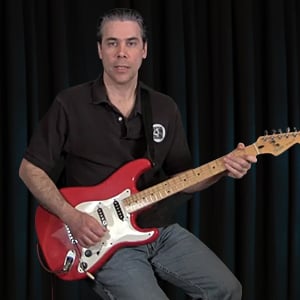Description
In this tutorial series we will learn the basic concepts of music notation & apply them to reading music for the guitar.
Lesson Info

Instructor
Christopher Schlegel
- Styles:
- Any Style
- Difficulty:
-
- Files
- Videos / Score
- Published
Contents
- Learning to Read Music 1: Lesson 1
- Learning to Read Music 1: Lesson 2
- Learning to Read Music 1: Lesson 3
- Learning to Read Music 1: Lesson 4
- Learning to Read Music 1: Lesson 5
- Learning to Read Music 1: Lesson 6
- Learning to Read Music 1: Lesson 7
- Learning to Read Music 1: Lesson 8
- Learning to Read Music 1: Lesson 9
- Learning to Read Music 1: Lesson 10